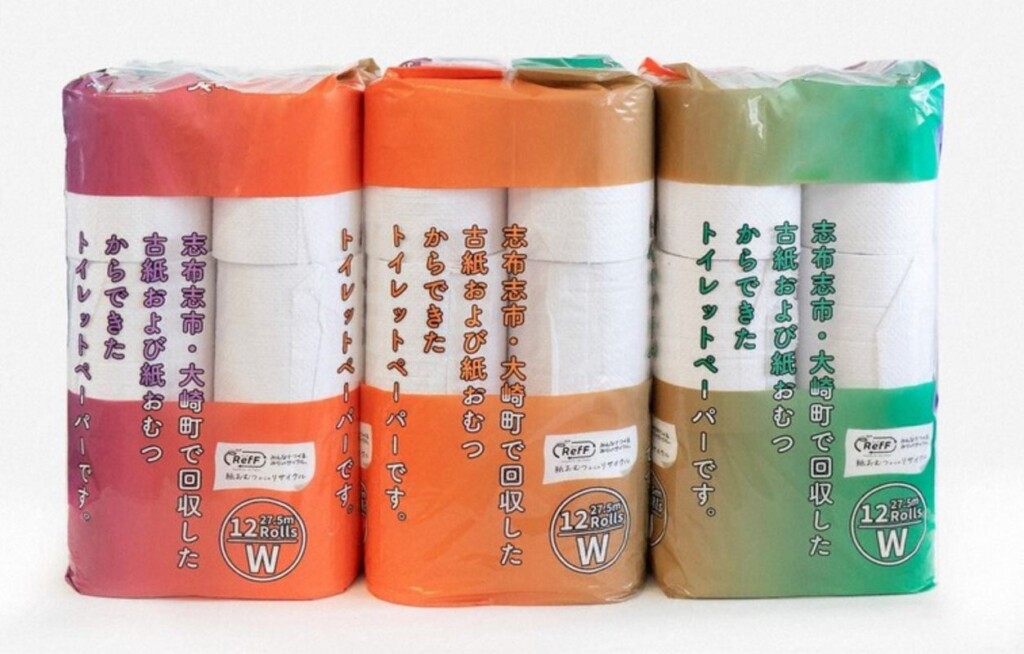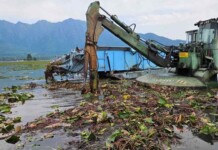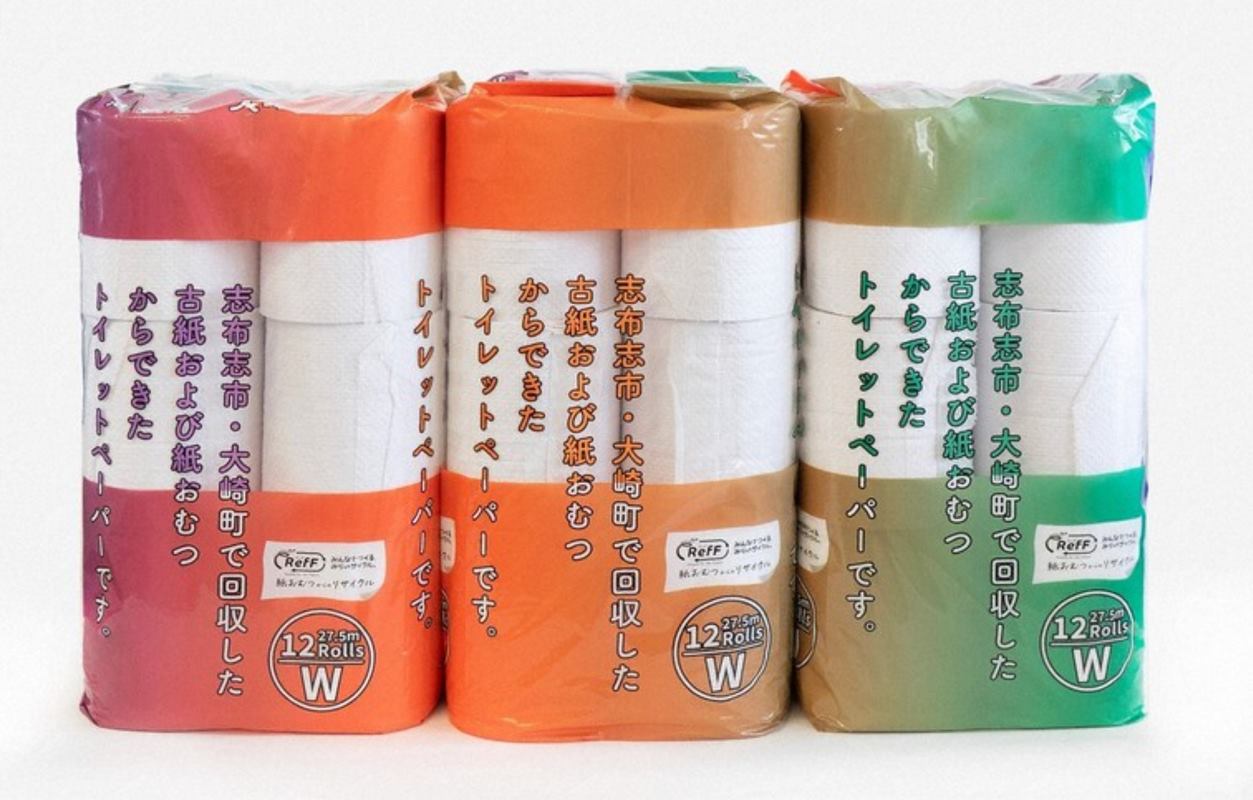
Embodying the phrase “I’ll scratch your back if you scratch mine,” a public-private partnership has commercialized the world’s first toilet paper made from used diapers.
Currently available in seven retail locations in Kagoshima Prefecture, southern Japan, the paper is enthusiastically seen as an environmentally friendly alternative for the island nation’s bathrooms.
The project was spearheaded by the city of Shibushi, which along with the neighboring town of Osaki, began recycling disposable diapers last April by separating them from the routine waste streams.
In that first year, the two cities collected 98 tons of diapers and other used hygiene products, all of which are sanitized, bleached, and shredded into a pulp to be mixed with recycled paper at the Poppy Paper Company’s plant in the Fukuoka Prefecture.
30,000 rolls were created in the first two months of production. They’re being called Shibushi-Osaki rolls, and are currently sold at a pittance for just $2.70 per dozen.
“This initiative could help diversify the ways to secure raw materials, especially as used paper supplies are expected to decline with the rise of paperless systems and a shrinking population,” said Satoshi Yoshida from Poppy Paper’s sales department according to Japan’s oldest English-language newspaper, the Mainichi.
WINDING UP WASTE STREAMS: Big Chocolate on Brink of Revolution as Swiss Scientists Use Cocoa Bean Waste to Replace Sugar
“Please support this eco-friendly product, which aims to promote a sustainable society by reusing local resources,” said Takumi Obo, a spokesperson for the Osaki Municipal Government’s SDGs Promotion Council, which is leading the initiative.
MORE JAPANESE NEWS: These Guys Make Edible Cement From Food Waste – And You Can Literally Add it to Your Gingerbread House
Used diapers have a variety of applications. GNN has reported them being used as an additive for concrete in place of sand. The diapers showed increased strength in the end product, and offered a recycled material alternative to sand that was significantly cheaper than other market options.
SHARE This Back-to-Back Recycling Initiative In Japan’s Kagoshima…




















